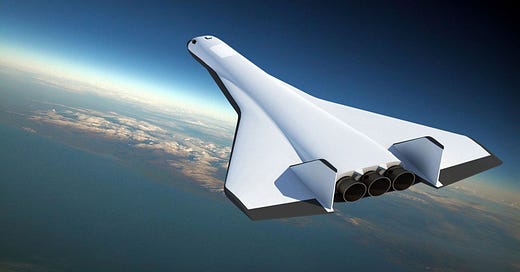The Space Elephant Meets the Gazelle
Before it was a white elephant, the Space Shuttle became a camel. It didn't have to be this way. It's not going to stay this way.
by Rod D. Martin
August 26, 2005
How many problems does it take for “one of the most sophisticated systems ever produced by man” to become just another white elephant?
A lot of people have been asking that about the Space Shuttle lately. But the Space Shuttle’s downward spiral started long, long ago. In fact, it started in the Nixon Administration.
In the days of triumph which were Apollo, NASA -- still capable of bold vision -- laid out a plan to explore and settle the Solar System. Among its more prominent features were a series of follow-on Moon missions which more resembled Lewis and Clark (or even John Smith) than the “space shots” of the 1960s. A Mars mission was on tap for the early 1980s, and an entire infrastructure was planned for near-Earth space, tasked with constructing spacecraft, facilitating private industry and supporting genuine settlement. Barron Hilton even proposed expanding his hotel chain to orbit and to the surface of the Moon itself.
To make all of this fly, N…




